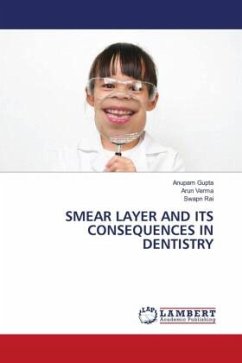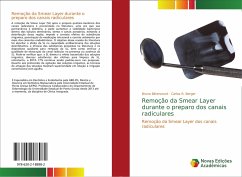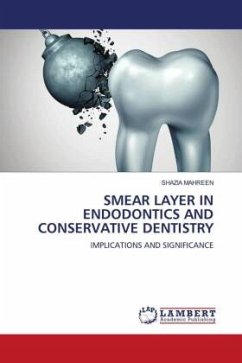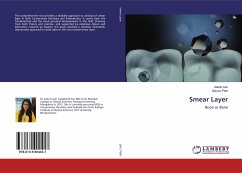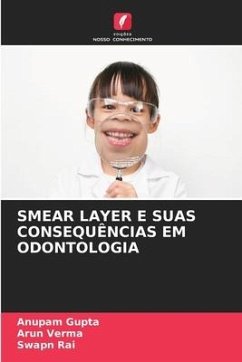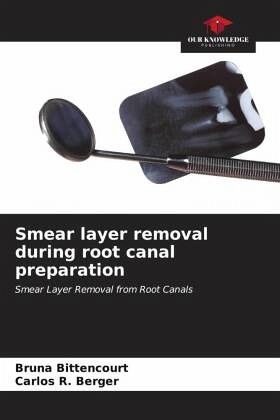
Smear layer removal during root canal preparation
Smear Layer Removal from Root Canals
Versandkostenfrei!
Versandfertig in 6-10 Tagen
24,99 €
inkl. MwSt.

PAYBACK Punkte
12 °P sammeln!
The removal of Smear Layer (SL) after chemical-mechanical preparation of root canals is advocated in the literature, since its permanence is deleterious and can increase bacterial viability within dentinal tubules, isthmuses and accessory canals, preventing disinfection of this region, preventing effective contact of irrigating substances, penetration of intracanal medication and correct sealing by endodontic cements. The aim of this literature review was to discuss the effect of SL on the antibacterial capacity of disinfectant solutions, the efficacy of substances proposed in the literature a...
The removal of Smear Layer (SL) after chemical-mechanical preparation of root canals is advocated in the literature, since its permanence is deleterious and can increase bacterial viability within dentinal tubules, isthmuses and accessory canals, preventing disinfection of this region, preventing effective contact of irrigating substances, penetration of intracanal medication and correct sealing by endodontic cements. The aim of this literature review was to discuss the effect of SL on the antibacterial capacity of disinfectant solutions, the efficacy of substances proposed in the literature and auxiliary devices for removing SL, as well as to verify the quality of root canal obturation in the presence or absence of SL. It can be seen that: SL reduces the bactericidal effect of irrigating solutions; various substances are effective for cleaning SL, however, EDTA 17% remains the gold standard in research. As for the protocols for agitating the irrigating solutions, the techniques for activating the solutions are superior to conventional needle irrigation.





